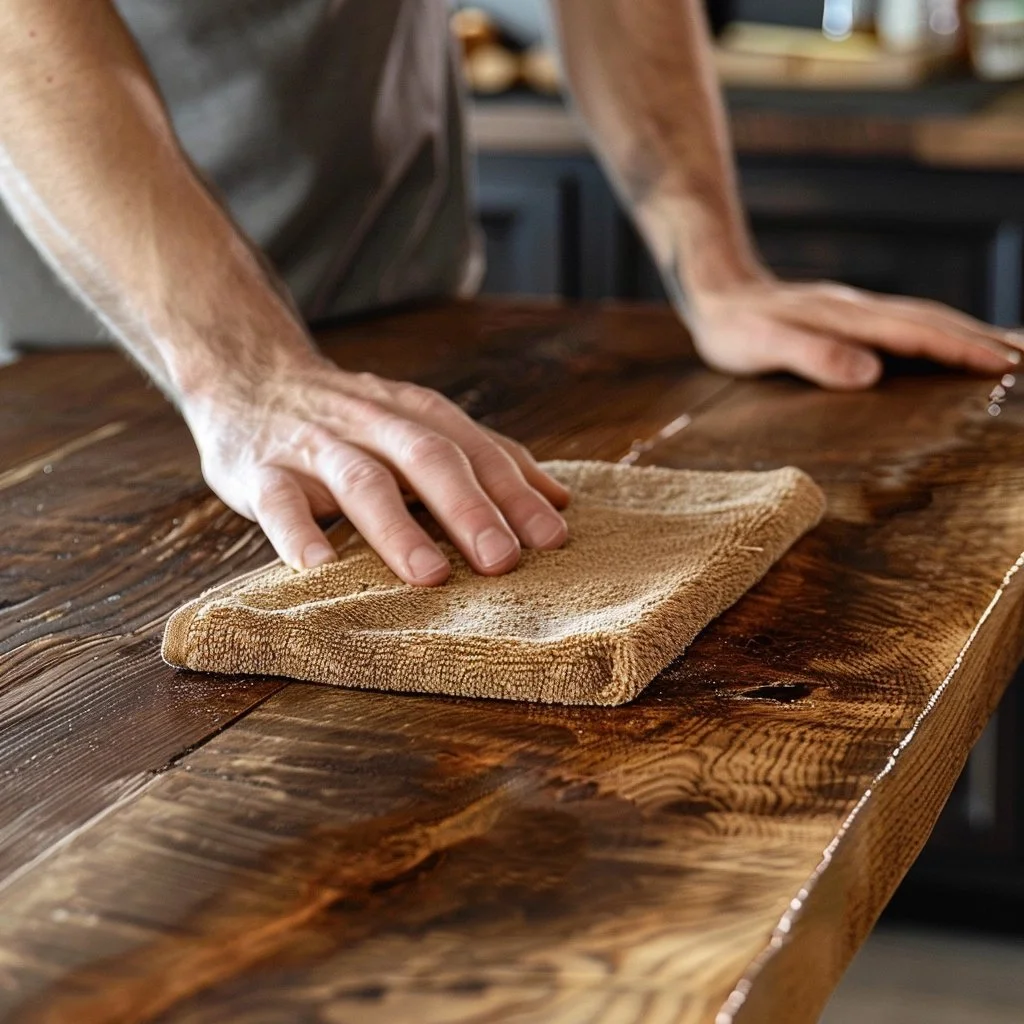Surface Preparation Techniques
In the third part of our series, we'll explore the importance of surface preparation techniques in furniture restoration. Proper preparation is key to achieving professional-quality results and ensuring the longevity of your restored pieces.
Sanding
Sanding is one of the most important surface preparation techniques in furniture restoration. It helps to remove old finishes, smooth out imperfections, and prepare the wood surface for refinishing. Start with coarse-grit sandpaper to remove any existing finish, then gradually move to finer grits for a smooth finish.
Stripping
Stripping is another method used to remove old finishes, paint, or varnish from wood surfaces. Chemical strippers are applied to the surface and left to soften the finish before being scraped away. This method is particularly effective for intricate details and hard-to-reach areas.
Cleaning
Before applying any finishes, it's essential to clean the surface thoroughly to remove dust, dirt, and grease. Use a mild detergent and water solution or a specialized wood cleaner to ensure the surface is clean and free from contaminants.
By mastering these surface preparation techniques, you'll be well on your way to transforming old, worn-out furniture into beautiful, restored pieces that will stand the test of time. Stay tuned for our next post, where we'll dive into repairing and refinishing methods.



